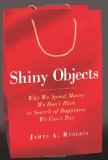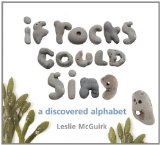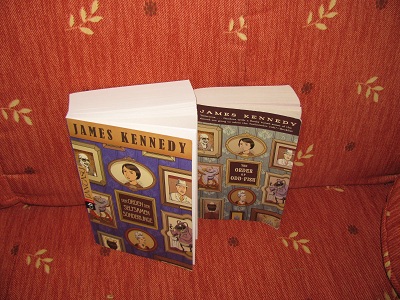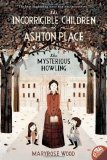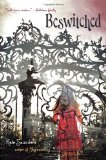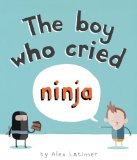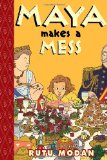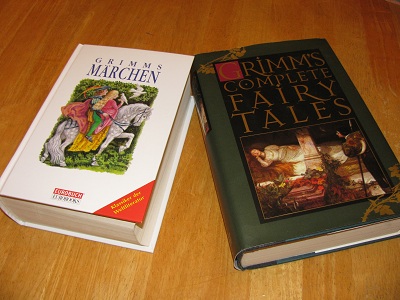Bedtime Math!
I’m so excited! Today, thanks to a note in the ALSC (Association for Library Service to Children) newsletter, I found out about Bedtime Math.
Why do I think Bedtime Math is so awesome? Because that’s totally what I did with my younger son.
My first Master’s degree was in Math, and I was a college math instructor for ten years. College students in general ed math classes are generally not excited about math. So when we started doing math problems with my excited son at bedtime — I’m not sure how it started — my son quickly learned those magic words I absolutely COULD NOT resist — “Just one more math problem, Mommy, please!” He could extend bedtime forever with those magic words.
I don’t remember how it got started, but I do know that we were in the thick of this when he was 5 years old. His brother turned 12 years old in March. I turned 36 in June. Sometime in there, I told him that when he turned 6, then his age plus his age would equal his brother’s age. But, even better, his age TIMES his age would equal my age. His next question was pretty natural, “What’s TIMES?”
One week later, his brother asked him a problem I never would have tried: “What’s 16 times 4?” Timmy (the 5-year-old) figured it out *in his head.* Without knowing times tables. So that was the context of “One more math problem, Mommy, please.” I’d give him progressively harder addition problems — and then it got to be progressively harder multiplication problems. All done in his head, at bedtime. For fun.
Of course, it all starts with counting. I remember with my older son, just counting as high as he could go in the car while running errands. It’s fun when they really realize how it works and that they could go on and on forever. He was also the one who kept making up words for “numbers bigger than infinity.” I couldn’t quite convince him that didn’t work.
(Now my younger son, a Freshman at the College of William & Mary, recently spent his free time devising an algorithm to choose a completely random book from all the volumes in the campus library. That’s my boy!)
In my current job as a librarian, I was thinking about all the counting and math we did when my kids were small. And then thinking about the Every Child Ready to Read workshops, where we encourage parents to read, talk, write, sing, and play with their kids. I’m going to do the workshop “Fun With Science and Math for Parents and Children” — only I think I’m going to take out the Science and just focus on Math.
See, the thing is, I don’t believe for a second you have to “make” Math fun. I think math *IS* fun, and children naturally think so, too. Can I communicate that to parents?
I’m also planning to do a program with older kids about using math to make coded messages with colors or shapes. It uses ideas from my Prime Factorization Sweater and my Coded Blessing Blanket. I did the program a few years ago, a little afraid I’d lose the kids, and they totally loved it.
All this is to say: Bedtime Math! YES! I can present this as an idea for parents who need help thinking of problems to talk about with their kids, who might not think them up as easily as I did. (I also taught my kids the chain rule in calculus because I wanted to teach it to someone who would get it right. But I don’t think I’ll recommend that to parents.)
I still say, as a librarian, part of my job is the FUN side of learning. At libraries, we help people find information to teach themselves. But in the children’s department, a huge part of our job is helping parents make learning a natural and fun part of their family life. We don’t have to test them! We don’t have to follow the book or the curriculum! We can show them ways to think about the concepts that are just plain fun!
I’m going to be looking for more articles about early learning of mathematics. I think it can fit in nicely with Early Literacy Skills that we emphasize so much. But mostly I’m jazzed. Other Moms are going to hear those magic words: “Just one more math problem, Mommy, please!”
